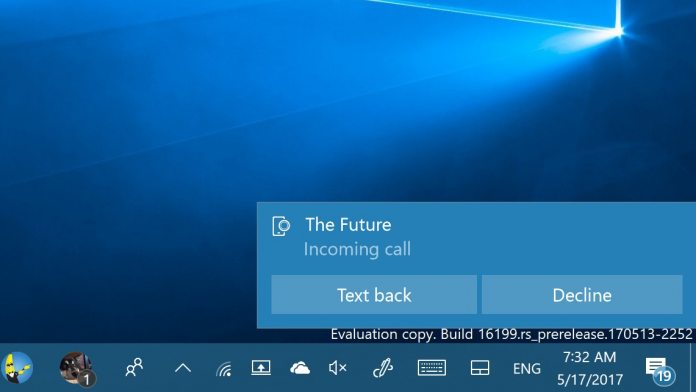Thankfully, The Verge has done much of the heavy lifting, sitting down new Cortana chief Andrew Schuman to talk about the new direction of the digital assistant. Previously, Microsoft stated plans to shift the AI personality from assistant to assistance, but until now it hasn’t been entirely clear what that entails.
The Power of Context
According to Shuman, the short-term goal is to embed her in enterprise software where it makes sense, integrating with routines without being overpowering. Some semi-recent examples include Microsoft To-Do integration and Cortana Skills Kit improvements.
“I think that what we’ve been really working on over the last year is how we can better embed Cortana across Microsoft 365 experiences and really delight users, especially those users who really are on board, so we have to understand their calendar, their tasks, their work documents, their interfacing with their close collaborators,” said Shuman. An important consideration in this is using context to ensure Cortana is there when users need her. Though an AI that can fully understand conversation is a way off, Microsoft’s suite of software lets it pick up cues from emails, location, Windows usage, and shared files. “I do think that there’s interesting opportunities as you start to use a camera or other signals, for example, when the phone has been picked up or that you’re glancing at a screen,” he said. “Those things are very exciting, and it just points to the unrealized potential in a lot of these spaces.” Still, all of this isn’t to say Microsoft will completely ignore Cortana for consumers. Though it’s separating her from Windows search it’s working out where the assistant can be helpful. Surface Headphones is integration Shuman mentioned that has got the team thinking about a full-voice Office experience.




